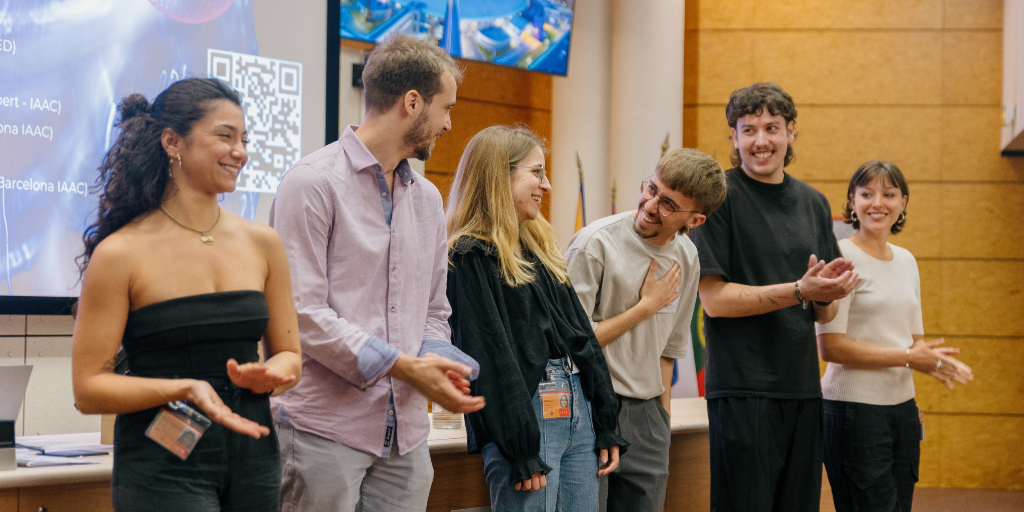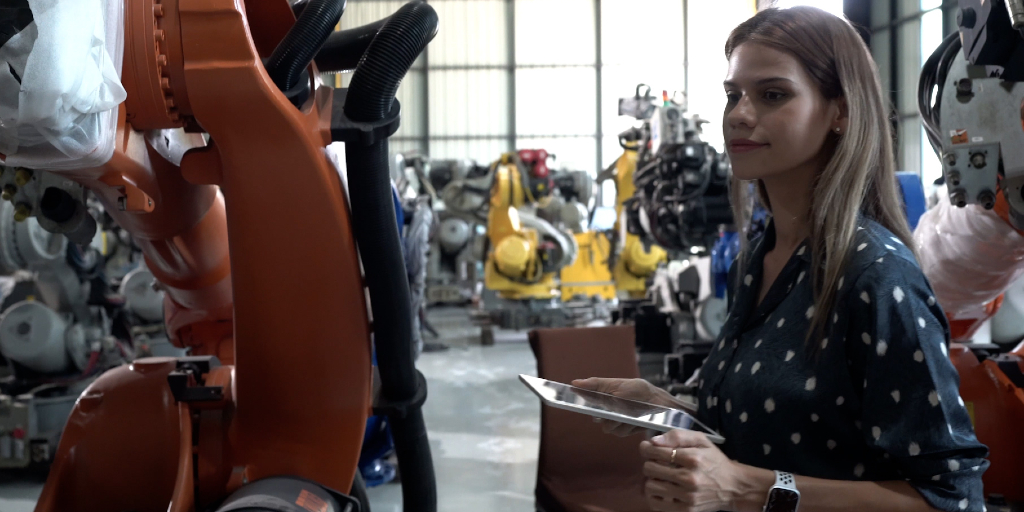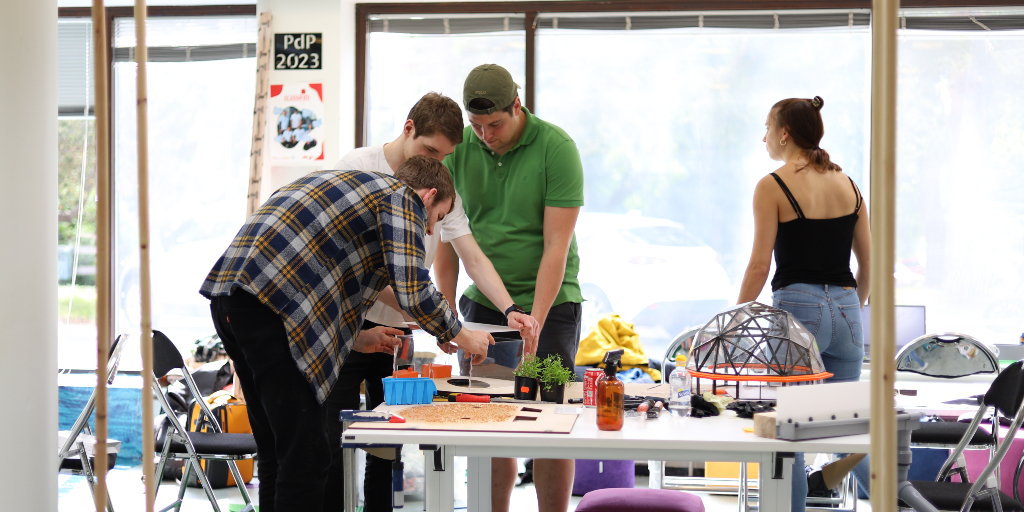ATTRACT is an initiative enabling the transition of the technology generated mainly for fundamental research purposes toward industrial and societal applications. It aims to streamline this process by creating an innovation ecosystem that reduces risk through funding and expertise. Furthermore, it also seeks to connect researchers with young innovators and potential investors to maximise the benefits of the new technologies to society.
On June 12-13, the Pre-Final Conference took place at the European Synchrotron Radiation Facility (ESRF), and this was an excellent opportunity to convene the entire ATTRACT ecosystem as coordinators of the funded projects presented the progress they made over the past months. Regarding the Student Programs, coordinators not only presented their results to date but also attended the Trainer’s workshop, which allowed them to reflect comprehensively on the projects, identify key insights and potential collaborations, participate in a knowledge-sharing activity, and engage in dynamic mapping of the skills and knowledge areas developed during phase 2.
Get to know all the Student Programs:
- ACISS: it is aimed at students from multiple fields like Aerospace, Design, Social Studies, and Architecture, among others, who have to explore a challenge that is focused on one of the United Nations Sustainable Development Goals (SDG). The course methodology enables future-oriented, user-centric, and experimental concept development of innovative solutions. Furthermore, students are encouraged to immerse themselves in the context, empathize with the users, learn, and take a critical, nurturing stand towards personal reasoning as well as the reasoning of peers while searching for breakthrough innovations in new domains.
Impact in numbers: during the four courses conducted by the ACISS program, 213 students from 43 different disciplines—including aerospace engineering, service design, architecture, nano-biology, astronomy, and business accounting—participated.
Watch the project video here. - BASE: it is dedicated to developing innovative solutions for smart technologies and environments, focusing on meeting users’ needs while ensuring sustainability. The university partners, part of the Design Factory Global network, share their user-centred innovation approaches, incorporate interdisciplinary team collaboration, and provide rich ‘making’ facilities to support the prototyping process for solutions. Furthermore, students are encouraged to make autonomous decisions and collaborate with stakeholders to create proof-of-concept models using design methods and ATTRACT technologies.
Impact in numbers: during the five courses conducted by the BASE program, more than 70 students from 29 different degrees participated and explored 11 technologies.
Watch the project video here. - CBI.ATTRACT: it aims to develop the students’ entrepreneurial mindset as future innovation players while ensuring the valorisation of existing innovative technologies and applying them to solve societal needs. Its methodology is a hybrid model based on the human-centred approach of Design Thinking and Tech-Driven Innovation processes to nurture the students’ ability to identify and evaluate technology opportunities with societal impact on a global and local level.
Impact in numbers: during the two courses conducted so far by the CBI.ATTRACT program, 60 students have worked in multidisciplinary teams and developed 10 innovative solutions using ATTRACT technologies. - CBI A3: it aims to build a globally responsible, generation of design innovators who thrive in addressing complex, societal challenges using novel design methodologies that integrate domains of deep technology, future thinking, radical innovation and societal needs. It’s addressed to students from universities across three continents who are trained with the mindset and skills to be change makers, imagining a future that respects humans and ecological systems. Besides, they have to connect a specific SDG with some of the ATTRACT technologies.
Impact in numbers: during the three courses conducted by the CBI A3 program, 40 master’s level students from various disciplines, including health sciences, design, engineering, computer science, and the arts, collaborated to develop solutions using 10 different ATTRACT technologies.
Watch the project video here. - CBI-FP: it aims to generate ideas for social innovation inspired by the technologies developed within the R&D&I projects and create solutions using the SDGs. It focuses on real-life societal challenges and uses a methodology from Design Thinking, Challenge-Driven education, and Experiential learning. The students work in multidisciplinary teams from three different Fusion Point partner schools.
Impact in numbers: during the courses conducted by the CBI-FP program, 71 students from more than 15 nationalities have participated in developing 13 solutions that tackle health, air pollution & water contamination through the use of six ATTRACT technologies.
Watch the project video here. - CBI4AI: it seeks to develop solutions to specific human needs and societal challenges using Artificial Intelligence (AI) and proposing innovative applications for technologies developed by ATTRACT technologies. The purpose of this program is to deliver a unique learning experience to the students as they work together with researchers. Furthermore, they can propose innovative applications for the technologies they explore and therefore develop solutions through the use of AI and focusing on society.
Impact in numbers: during the courses conducted by the CBI4AI program, 94 students from more than 15 nationalities have participated in developing 18 solutions that tackle health, water use and efficiency & industry, innovation & infrastructure through the use of six ATTRACT technologies.
Watch the project video here. - FTSF: it aims to foster collaborations in the emerging field of Fashion Technology with a critical approach under the spectrum of sustainability, future scarcity, and space habitation. The idea of this program is to explore new ways of designing and producing fashion that lead to novel approaches to how fashion is consumed and discarded and investigate how the use of disruptive technologies could reverse the environmental impact that the fashion system has on the planet.
Watch the project video here. - SGI: it uses a Design Thinking approach to undergo the student projects, working through technology research and opportunity formulation, and the chosen challenges starting from problem space exploration and need-finding to the iterative cycle of ideation, experimentation and prototyping. The structure of this program is divided into four different courses, and they form tracks that support each other through knowledge transfer as well as an overall approach to the given technology-based challenges.
Impact in numbers: during the courses conducted by the SGI program, 95 students participated in and completed 13 projects using six different technologies.
Watch the project video here. - SPOT: it encourages students to explore the positive societal impact they can have in society through human-centred design and processes. It aims to build better awareness of how students’ field of study connects to different economic, environmental, and societal issues. The program trains 120 students annually, helping them raise awareness of the impact of engineering in academia and industry and bridge the gap between theoretical knowledge and real-world application.
Impact in numbers: during the four courses conducted by the SPOT program, more than 70 students have participated in and utilized seven ATTRACT technologies.
Watch the project video here. - TeSI: it aims to address social needs by identifying disruptive applications and business models for cutting-edge technologies developed under the ATTRACT initiative. It links CERN’s open science, technology, and expertise to address societal challenges and encourages seeking radical solutions through interdisciplinary teamwork between students from Esade, IED Barcelona and UPC.
Impact in numbers: during the courses conducted by the TeSI program, 82 students from more than 14 nationalities have participated in developing 18 solutions that tackle societal problems in health, agriculture, and pollution, among many other issues, through the use of nine ATTRACT technologies.
Watch the project video here.
Here are some pictures of their presentations and the Trainer’s workshop:
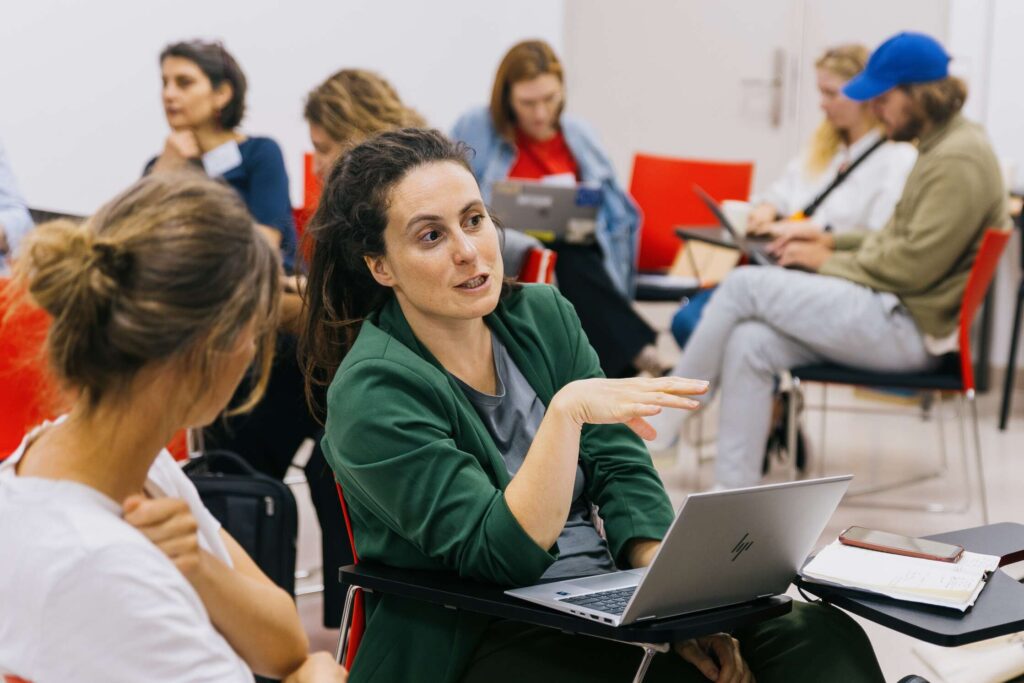


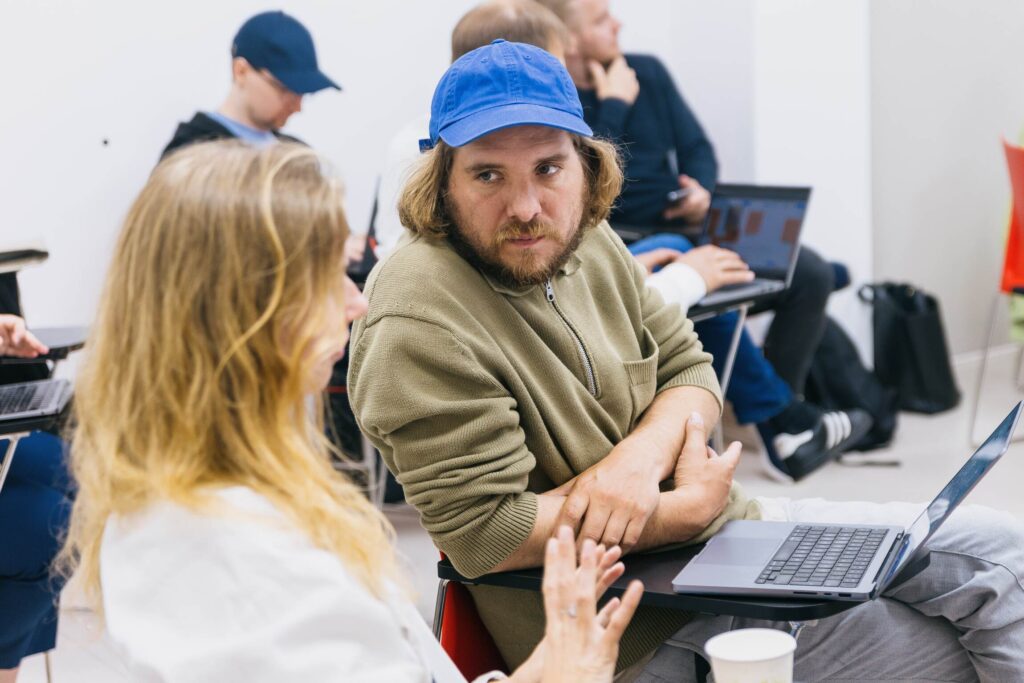
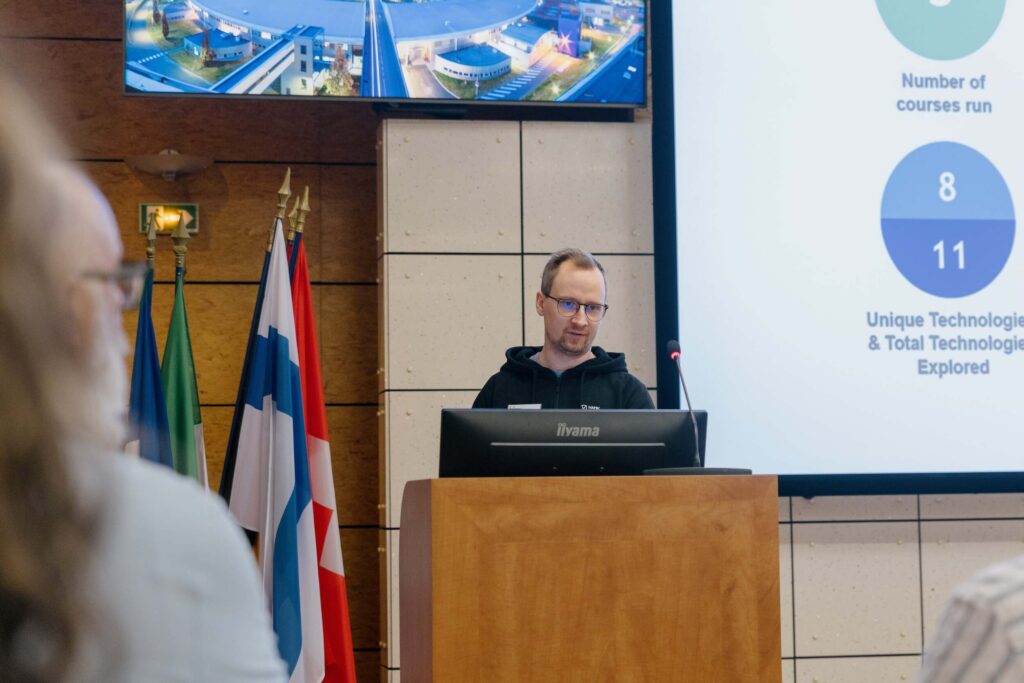


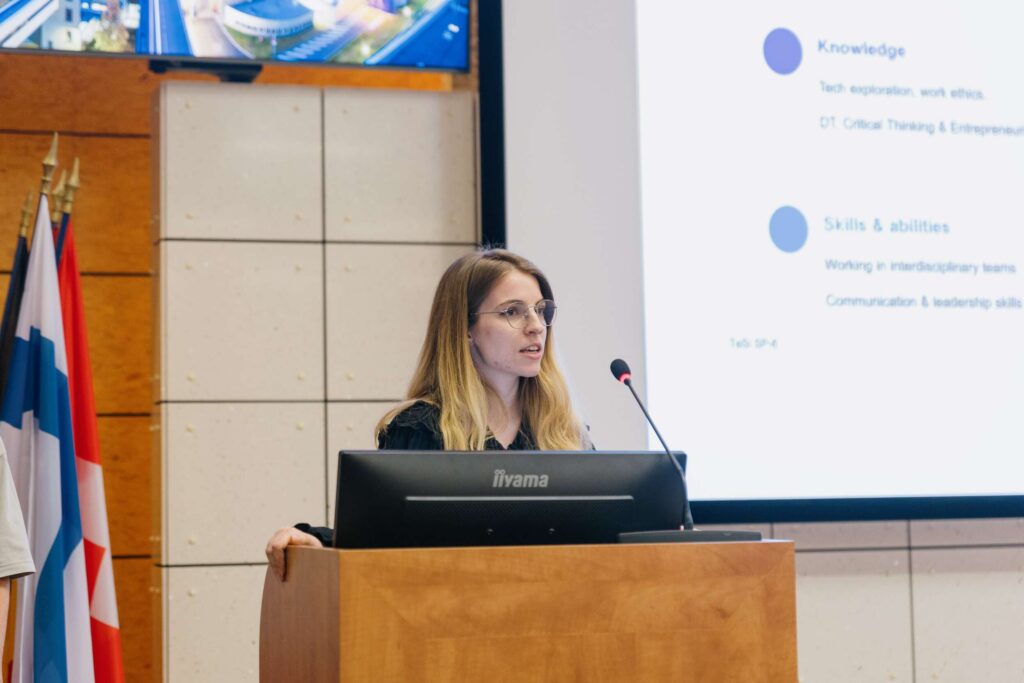
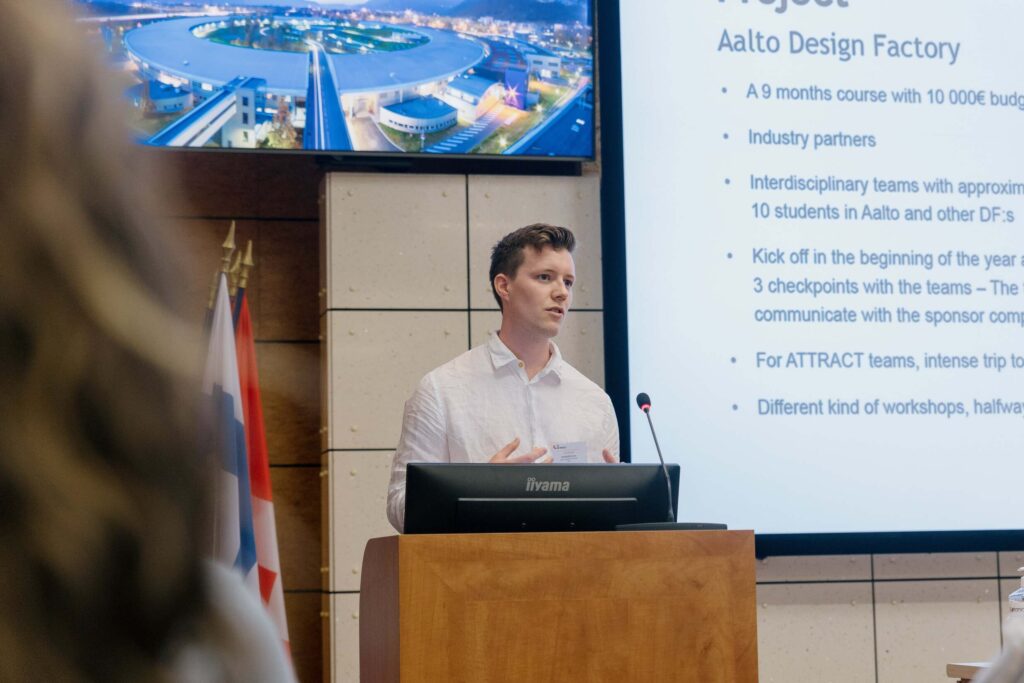
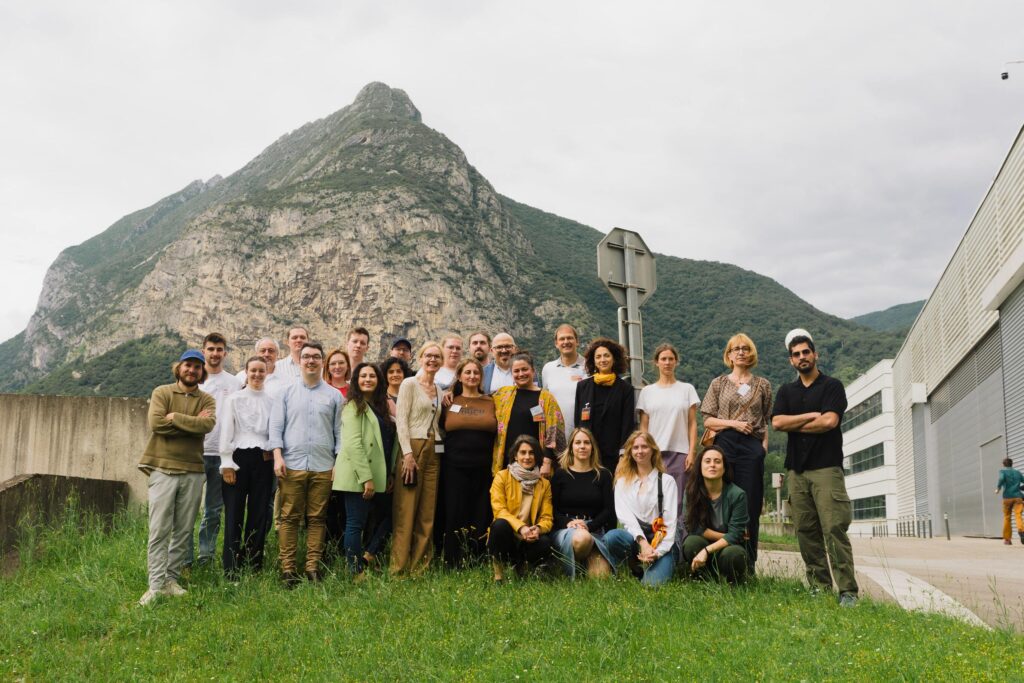
In addition to the presentations and workshop, during the second day of the conference, participants attended the Student Exposition. This special event provided students with the opportunity to showcase prototypes they developed using ATTRACT technologies, aimed at addressing different social challenges.
Here are some pictures of the Student Exposition:
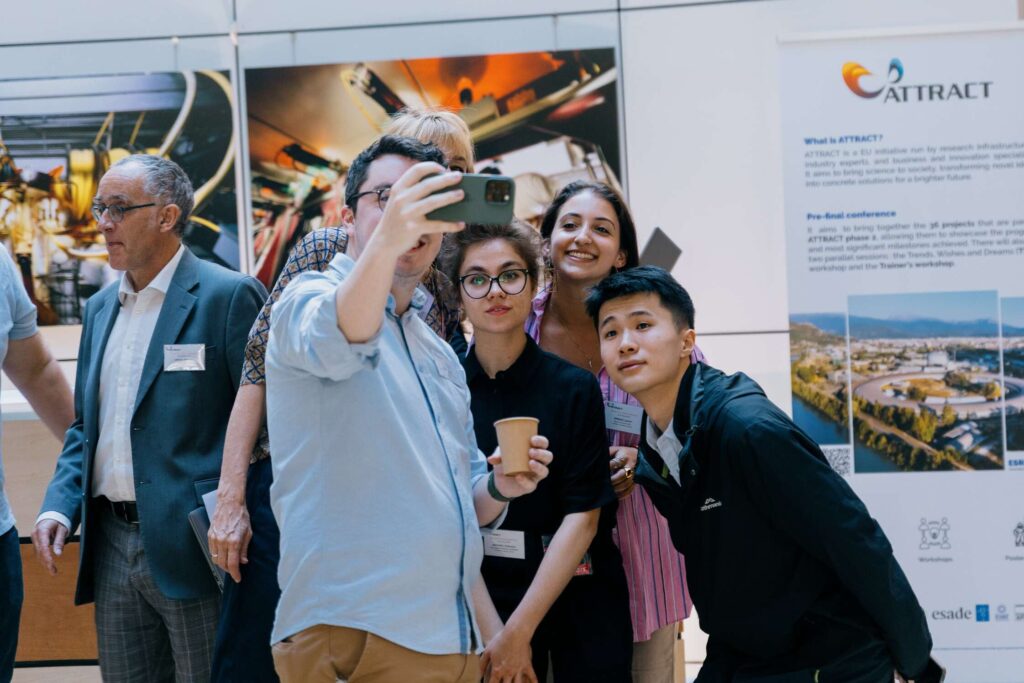
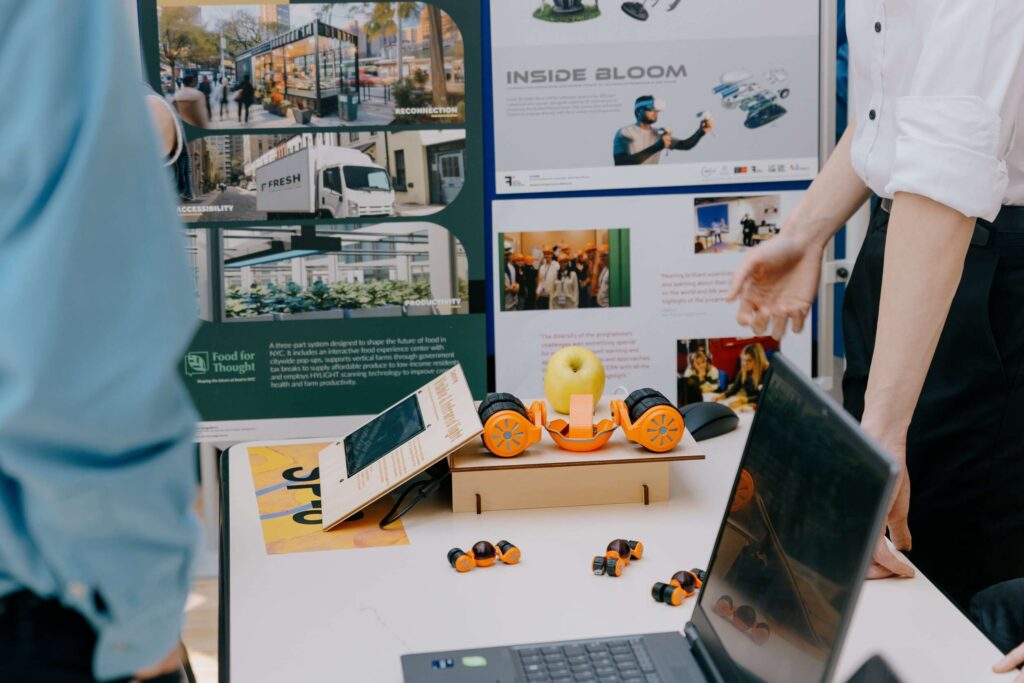
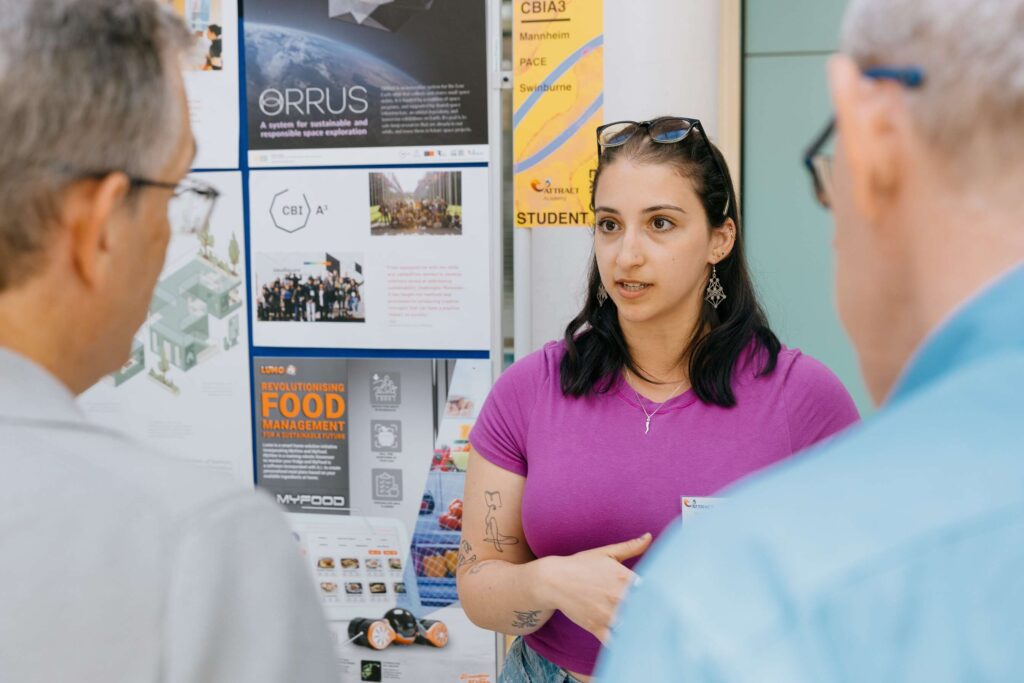
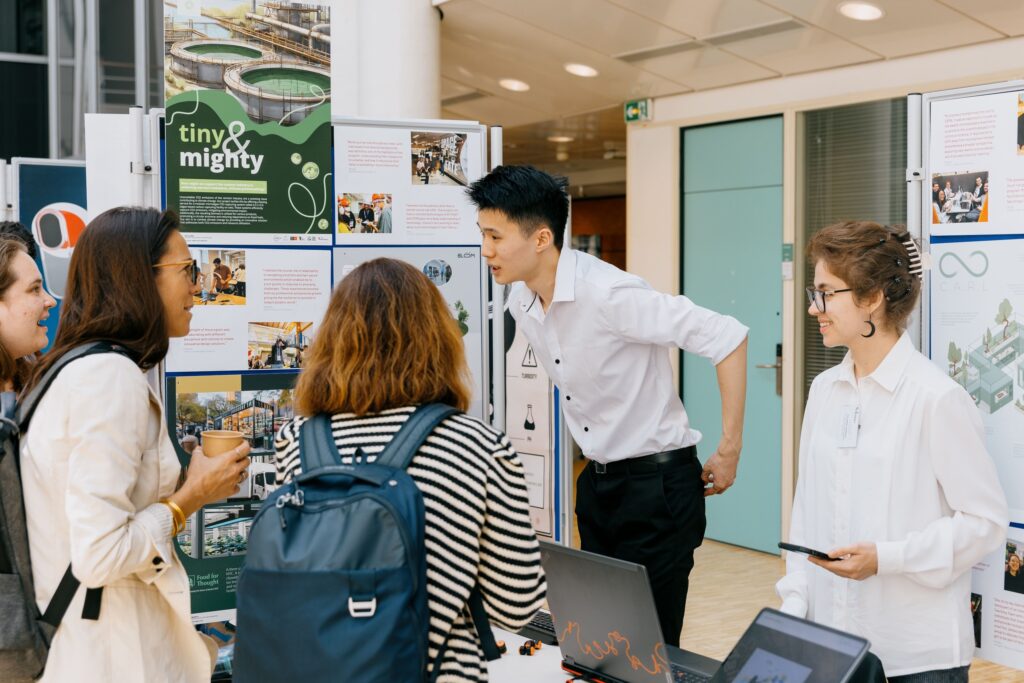
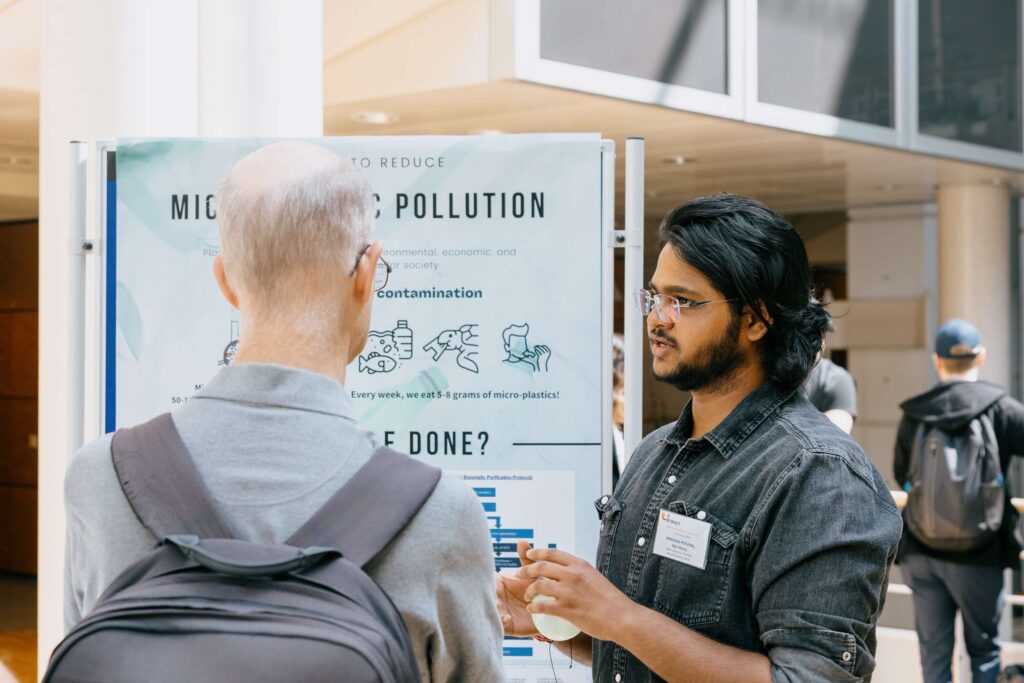

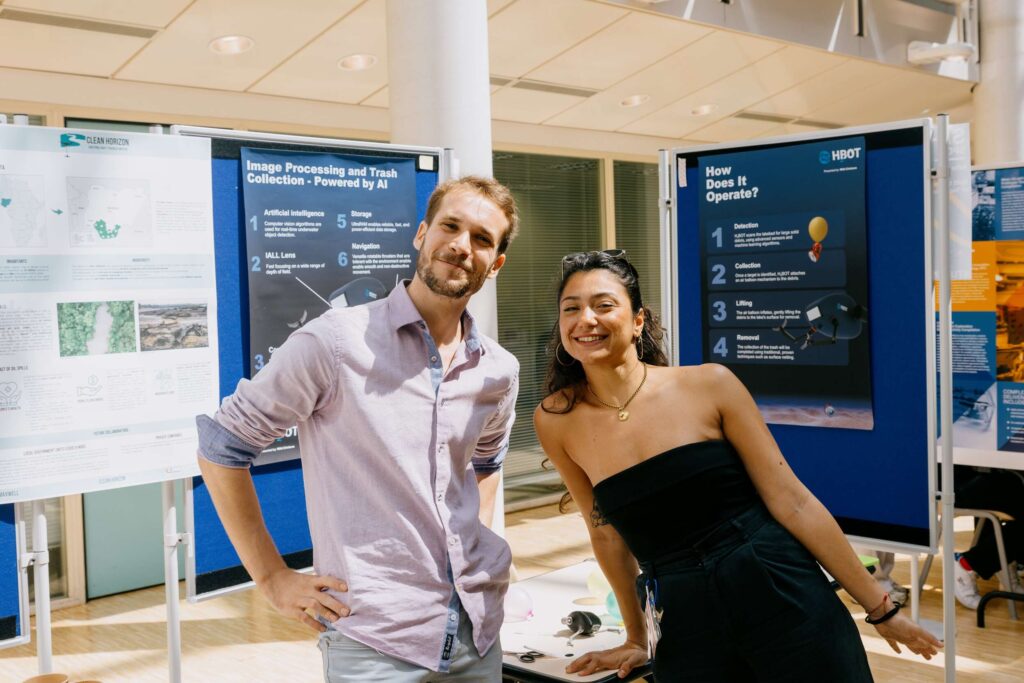

For more information
Visit the ATTRACT showroom to see all the Student Programs.
ATTRACT is an initiative enabling the transition of the technology generated mainly for fundamental research purposes toward industrial and societal applications. It aims to streamline this process by creating an innovation ecosystem that reduces risk through funding and expertise. Furthermore, it also seeks to connect researchers with young innovators and potential investors to maximise the […]
